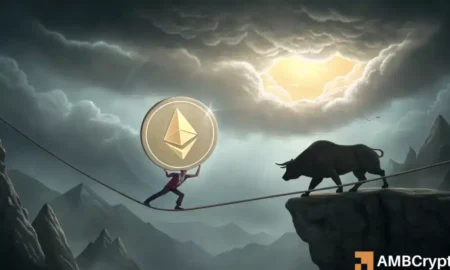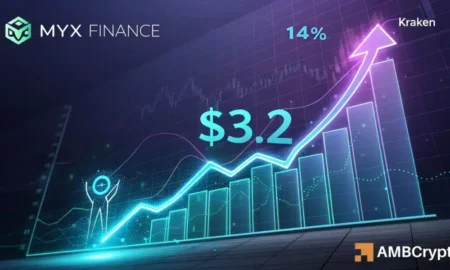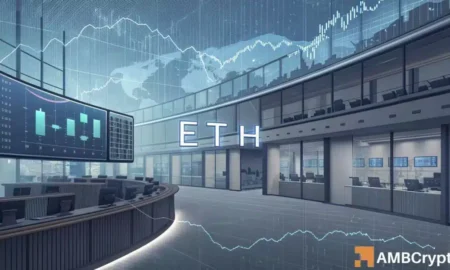The $1 Trillion Leap: Decentralized Perpetual Futures Transforming Crypto Trading
The cryptocurrency landscape has witnessed a monumental shift, with decentralized perpetual futures trading surpassing $1 trillion in monthly volume for the first time. This significant milestone highlights a trend where crypto leverage is rapidly migrating from centralized exchanges to decentralized finance (DeFi) platforms. In October alone, decentralized perpetual markets recorded an impressive $1.05 trillion in trading volume, with over a week still remaining in the month, reflecting a new era of trading dynamics.
The Significance of the $1 Trillion Benchmark
Crossing the $1 trillion mark in monthly trading volume for decentralized perpetual futures is a groundbreaking achievement. It marks the first instance where these decentralized platforms have matched the scale of traditional derivatives markets, signifying a robust maturation of on-chain derivatives. The shift demonstrates that crypto traders are increasingly opting for DeFi solutions, driven by the advantages they offer over conventional centralized exchanges.
Factors Driving On-Chain Trading
What’s fueling this migration? The primary catalysts include ultra-low fees on Layer-2 networks and the increasing liquidity of stablecoins, both of which have made leveraging in DeFi cheaper and faster. Daily turnover in DeFi perpetuals has soared to nearly $45.7 billion, supported by a rise in on-chain open interest, which reached $16 billion. This surge reflects steady market positioning rather than fleeting speculative trades, underscoring growing investor confidence in decentralized trading mechanisms.
Key Players in the Decentralized Arena
Leading this charge are emerging platforms like Hyperliquid and Lighter, which have attracted institutional-scale flows. Hyperliquid, a Layer-1 derivatives ecosystem, has processed over $316 billion in monthly trading volume, surpassing even the combined Bitcoin futures transactions of major centralized exchanges like Coinbase and Kraken. Following close is Lighter, built on Arbitrum, with a significant $259 billion in volume. The trend shows a shift from fragmented decentralized exchanges (DEXs) to a more concentrated group of high-performance perpetual venues that now dominate on-chain leverage markets.
Volatility and Cost Efficiency Are Game Changers
October’s increase in trading activity aligns with a notable rise in market volatility. Bitcoin’s realized volatility has surged back above 45%, prompting traders to seek platforms that provide rapid execution and lower collateral requirements. At the same time, stablecoin settlement volumes have reached $1.25 trillion year-to-date, creating robust collateral pools within DeFi perpetual markets. Gas fees on Ethereum Layer-2 networks have dropped dramatically post-Dencun upgrade, making transactions exceedingly cost-effective. For instance, executing a 100x trade on Lighter now incurs fees of less than $0.01, a stark contrast to the $20–$45 charges during peak conditions on centralized platforms in 2021–2022.
Trust Issues Fueling Centralized Exchange Fatigue
The ongoing transition is also being propelled by growing distrust and operational issues in centralized exchanges. Recent events, such as exchange downtimes caused by AWS outages and increased scrutiny of platforms like Binance and offshore derivatives brokers, have compounded the sector’s challenges. Moreover, the swift liquidity migration from the recently delisted Aster platform, which faced inflated activity disclosures, underscores the rapid responsiveness of DeFi traders compared to the slower, cumbersome processes seen in 2022.
Navigating Future Trends: Institutional Participation
As these trends continue, a critical question emerges: will institutional players start routing leveraged flows on-chain? The potential for institutional asset managers to stake collateral directly in stablecoins may redefine the crypto trading landscape. If decentralized perpetual venues successfully attract institutional liquidity and speed, they might not only match but also eclipse centralized derivatives in these vital areas. The answers to these questions could signal either a cyclical upswing or a fundamental restructuring of the core trading landscape in the crypto sector.
In conclusion, the recent surge in decentralized perpetual futures trading signifies a pivotal moment for the cryptocurrency market. With enhanced efficiency, lower costs, and a growing base of institutional support, DeFi is poised to reshape the very fabric of crypto trading, ushering in a new era of financial innovation.

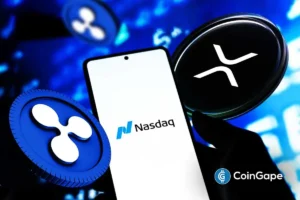



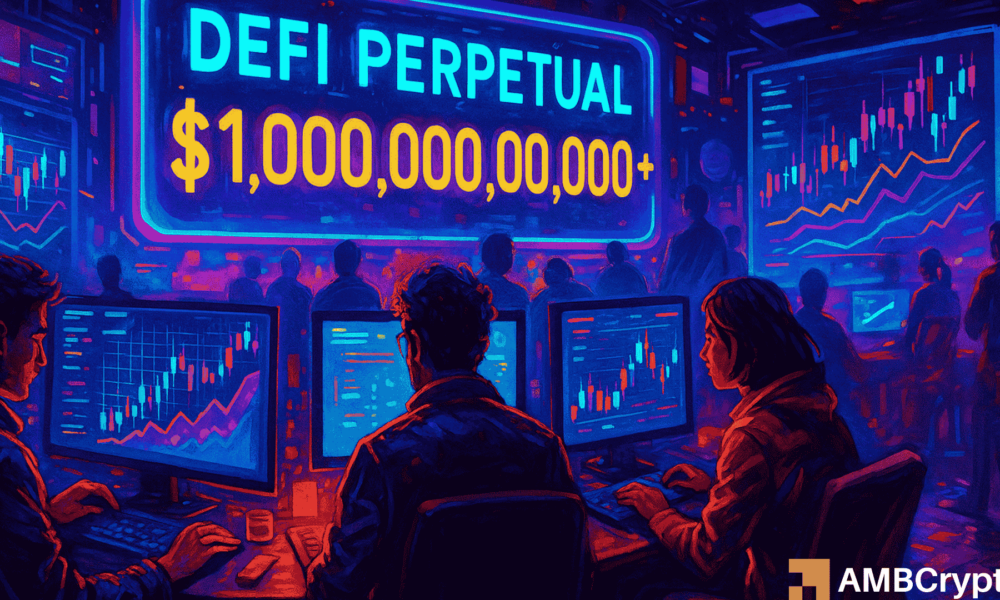



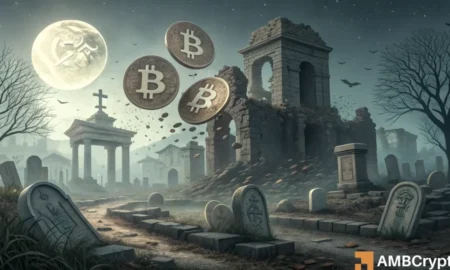
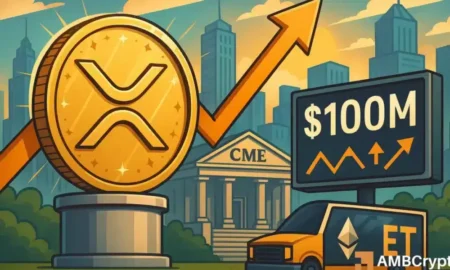
![Humanity Protocol [H] Rises 138% Following Integration into Sui Ecosystem](https://icoinmarket.com/wp-content/uploads/2025/10/Gladys-45-1000x600.webp-450x270.webp)

